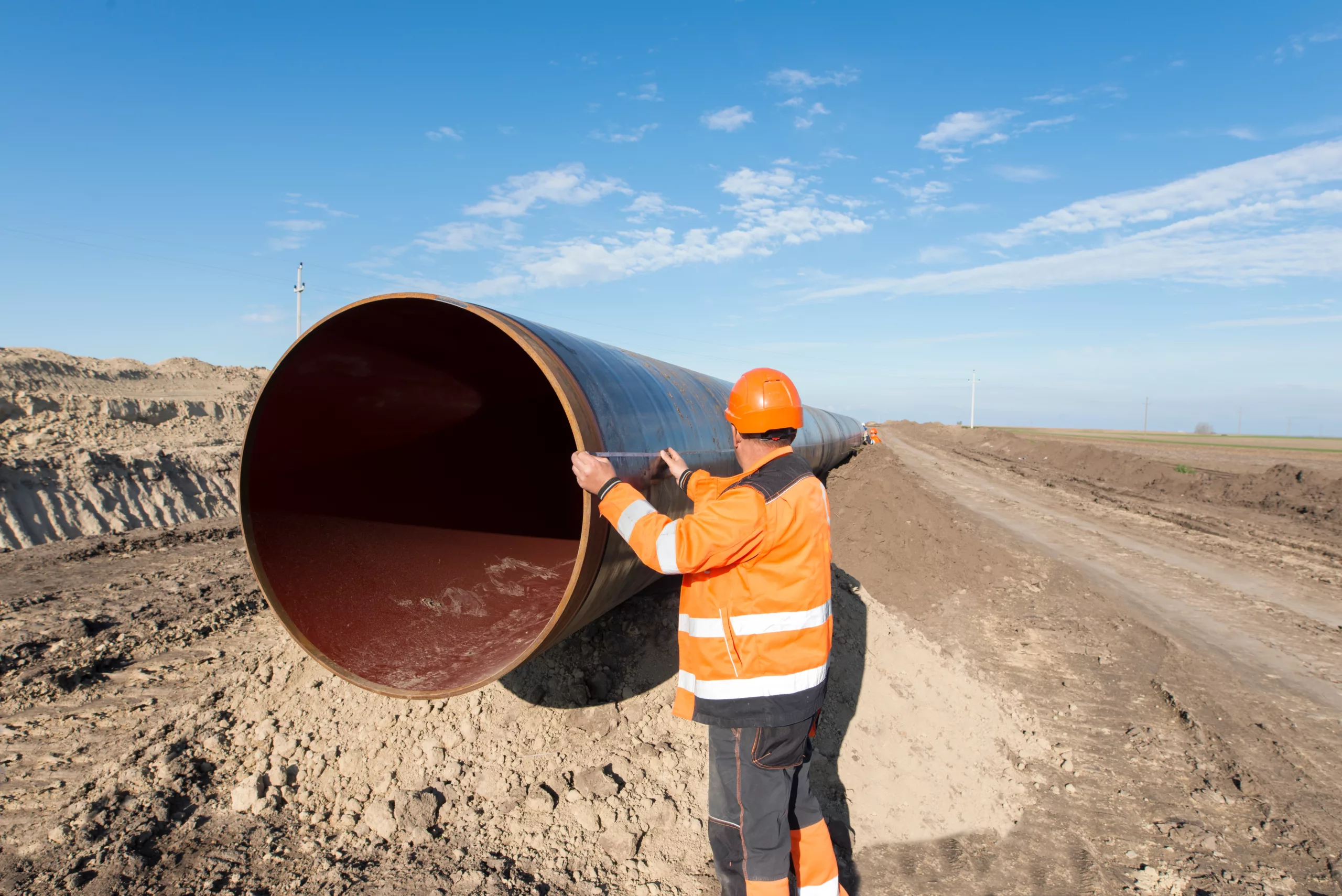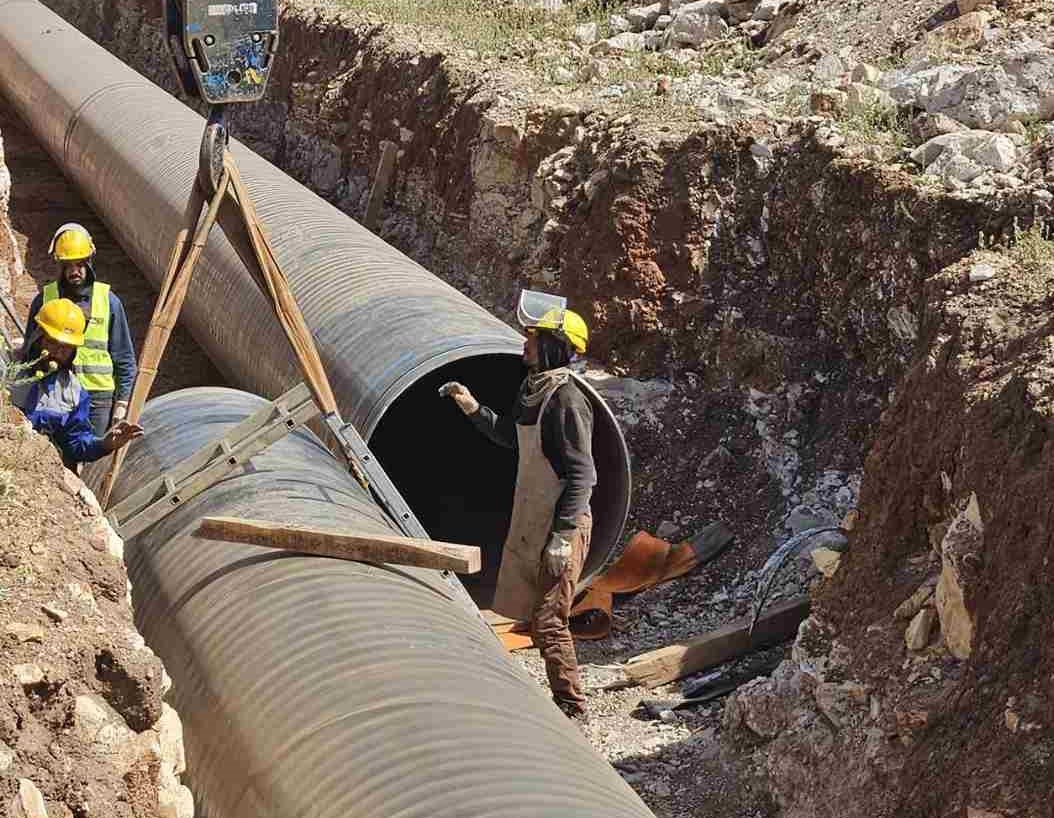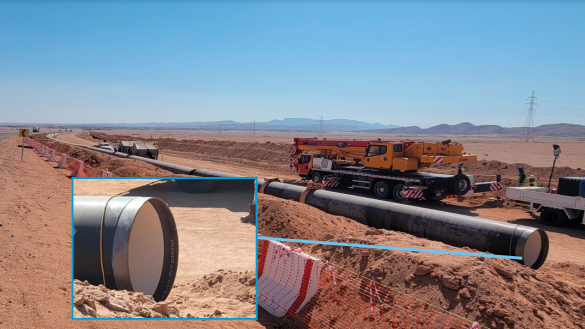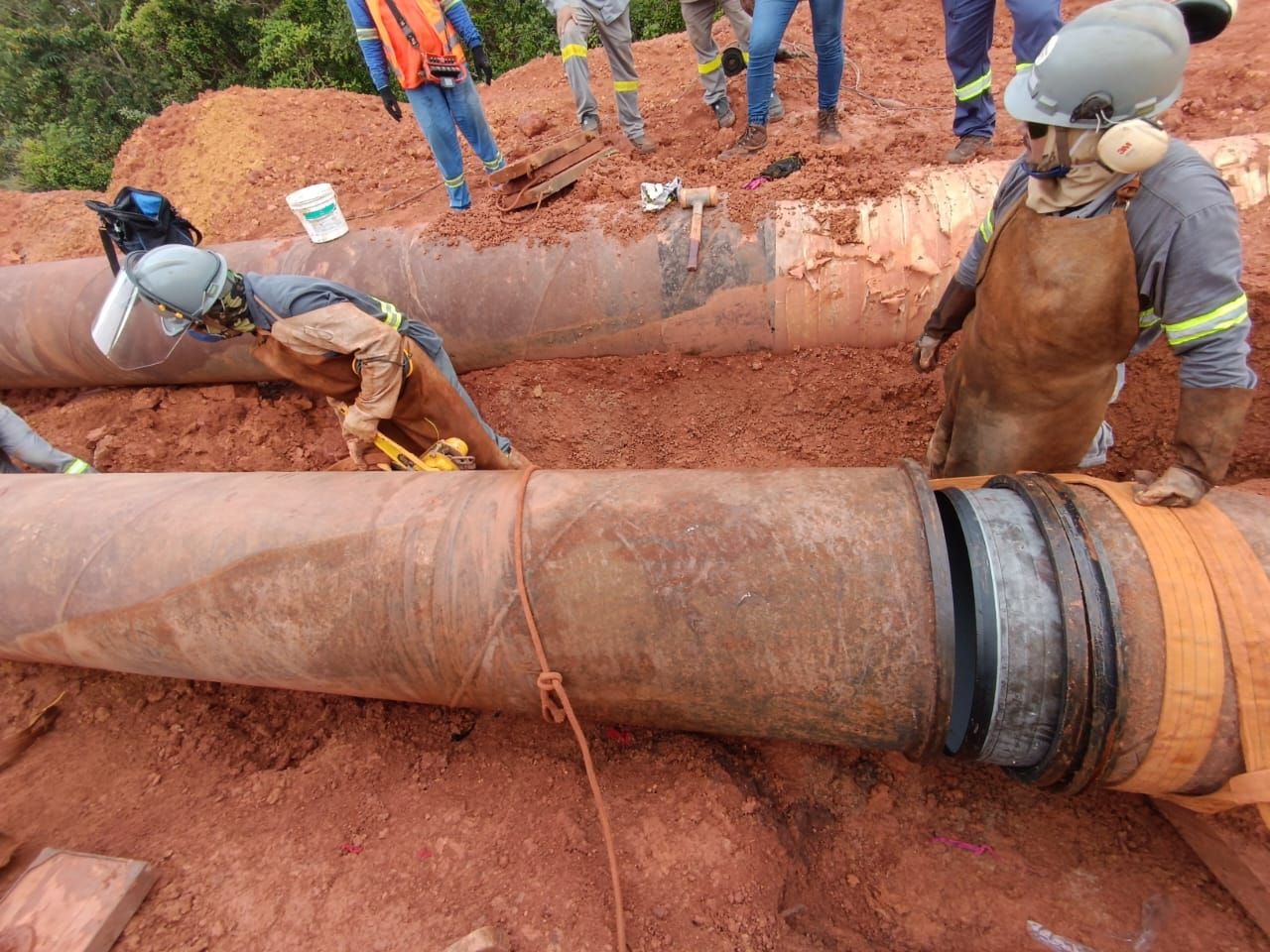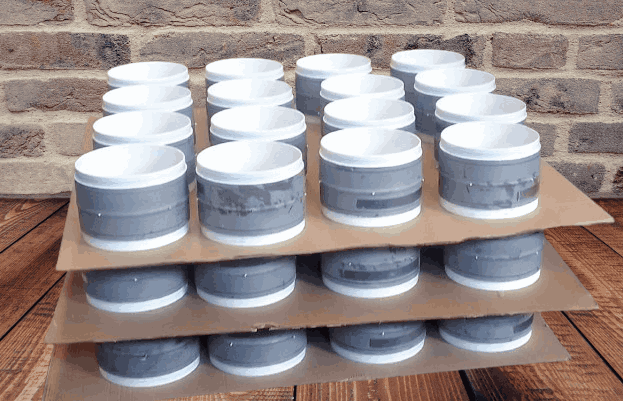Girth weld coating protects pipeline infrastructure welded joints. They shield pipelines from corrosive, abrasive, and other exterior elements that could jeopardize their structural integrity by offering a protective covering. The appropriate application of girth weld coatings is critical to mitigating environmental concerns and guaranteeing resource flow.
Emerging trends and innovative technologies are rapidly changing girth weld coating. Coating materials, types of girth welds, application procedures, and inspection processes are changing the industry and offering new ways to extend pipeline lifespan and efficiency.
Advanced materials and formulas will help girth weld coating grow. Researchers and industry professionals constantly develop materials and coatings with improved corrosion, abrasion, and chemical resistance.
This article discusses the latest girth weld coating trends and their possible benefits and drawbacks.
Read out: Alternatives to Traditional Girth Weld Coatings
Overview of Traditional Girth Weld Coating Techniques
Tape Wrap
Tape wrap is one of the oldest and most widely used methods for girth weld coating. It involves applying layers of polymeric tape around the weld area. The tape is typically heat-activated, creating a solid bond with the pipeline surface upon heating.
Benefits
- Ease of application and versatility for various pipeline diameters
- Good corrosion resistance and mechanical protection
- Cost-effective compared to other methods
Limitations
- Vulnerable to damage during installation, transportation, or handling
- Difficulty in achieving consistent thickness and quality
- Limited applicability in extreme environmental conditions
Shrink Sleeves
Shrink sleeves are pre-fabricated tubular sleeves made of polyethylene or similar materials designed to fit around the weld area. They are installed by heating the sleeve, causing it to shrink and form a tight seal.
Benefits
- Excellent adhesion and sealing properties
- Resistance to soil stress, moisture, and chemicals
- Long-term durability and protection
Limitations
- Limited applicability for large-diameter pipelines
- Requires skilled installation to ensure proper fit and seal
- Vulnerable to damage during transportation or storage
Liquid Coatings
Liquid coatings involve applying a liquid epoxy or polyurethane coating to the girth weld area using spray, brush, or roller methods. The liquid cures and forms a protective layer upon drying.
Benefits
- Uniform and consistent thickness over complex geometries
- High adhesion strength and flexibility
- Good chemical resistance and corrosion protection
Limitations
- Longer curing time, affecting construction schedules
- Application challenges in extreme weather conditions
- Requires specialized equipment and skilled applicators
Emerging Trends Of Girth Weld
Adoption of Modern Coating Materials
Traditional girth weld coatings typically comprise three-layer polyethylene (3LPE) or fusion-bonded epoxy (FBE) solutions. The creation of sophisticated coating materials has, however, drawn more attention.
New epoxy formulations, for instance, have been created with improved abrasion resistance, adhesion, and chemical resistance. Alternative materials are also being researched for their more excellent performance in particular situations, such as polyurethane and epoxy novolac.
Robots And Automation In Coating
Girth weld coating operations increasingly utilize automation and robotics to increase productivity and consistency. Automated methods may provide accurate and uniform coating application, minimizing human error and coating flaws.
Robotic systems with sophisticated sensors and imaging equipment can also better find and fix coating flaws.
Introduction of Fusion-Bonded Polyolefin Coatings
Traditional epoxy-based coatings have a competitive rival in fusion-bonded polyolefin (FBPO) coatings. Improved flexibility, impact resistance, and cathodic disbondment resistance are all features of FBPO coatings.
They are exceptionally well suited for use in rocky or uneven terrains where pipelines are more vulnerable to mechanical damage and higher stress levels.
Innovation In Quality Assurance And Inspection
Adequate quality assurance and inspection procedures for girth weld coatings are essential to guarantee integrity.
To find coating faults, disbondment, and other weaknesses, advanced non-destructive testing (NDT) techniques like ultrasonic testing, magnetic particle inspection, and thermographic imaging are used.
Rapid detection and repair of coating problems are made possible by real-time monitoring and inspection technology.
Implications and Benefits of Future Girth Weld Coating
Corrosion Resistance
Girth weld coating prevents pipeline corrosion, which causes leaks, environmental damage, and expensive repairs. Pipelines will last longer with future coatings that resist corrosion. This improved protection will prevent leaks, increasing safety and the environment.
Improved Durability
Advanced girth weld coatings may resist wear, impact, and harsh weather. Pipelines will last longer and require less maintenance with this increased durability. It will also allow pipes to operate in extreme settings, like undersea or subsea.
Optimized Application
Future girth weld coatings may use more efficient application methods. This may include faster curing, less material waste, and improved adhesion. Pipeline construction and maintenance will be quicker and cheaper with these enhancements.
Sustainable Environment
Eco-friendly girth weld coatings are a priority. Future coatings may use environmentally benign materials for production, application, and disposal. These coatings’ corrosion resistance and durability will minimize leaks and reduce repairs, lowering pipeline failures’ environmental impact.
Key Challenges
Application performance
Girth weld coating must be fast and efficient to reduce project time and cost. Manual application is time-consuming and inconsistent. Improve productivity and cost-effectiveness by increasing application rates and lowering weld downtime.
Environment and regulations
Girth weld coating commonly uses environmentally harmful chemicals, solvents, and coatings. Waste disposal, VOC emissions, and regulatory compliance are industry problems. Eco-friendly and low-VOC coating solutions are needed due to stricter laws and a greater focus on sustainability.
Surface cleanliness
Coating adhesion requires surface preparation and cleanliness. Moisture, impurities, and improper surface preparation can reduce coating quality and adherence. Complex pipeline layouts and hostile environments make surface cleanliness and preparation difficult.
Pipeline compatibility
Girth weld coatings should work with steel, alloys, composites, and pipeline environments. Pipeline coatings must survive extreme temperatures, high pressure, corrosive chemicals, and abrasive conditions.
Our Final Take
Due to new trends and technology, the girth weld coating is expected to undergo considerable changes. The coatings business is gradually eschewing conventional coating techniques in favor of cutting-edge strategies that offer improved effectiveness, durability, and environmental sustainability.
The optimization of girth weld coating operations is increasingly dependent on digitization and data-driven strategies. Advanced analytics, machine learning, and artificial intelligence algorithms make real-time monitoring, proactive decision-making, and predictive maintenance possible. These programs help create a pipeline infrastructure that is more environmentally responsible and durable.
FAQs
What qualities does molybdenum have for welding?
Molybdenum has two characteristics that significantly impact its weldability: 1) it is naturally hard and brittle, and 2) depending on the manufacturing process, its portions may be porous. Molybdenum will break brittle instead of ductile at a specific temperature.
What is an automatic girth welder?
A self-propelled frame with a variable speed called the Automatic Girth Welder (AGW) is used to apply effective circumferential Submerged Arc Welding (SAW) to Field Erected Tanks (Vertical Tanks).
What welding technique is the strongest?
Due to the intense heat, it generates and the delayed cooling rate that follows, TIG welding is frequently regarded as the strongest weld. Because it can produce a sturdy junction, MIG is also a great contender for the most vital type of weld.

